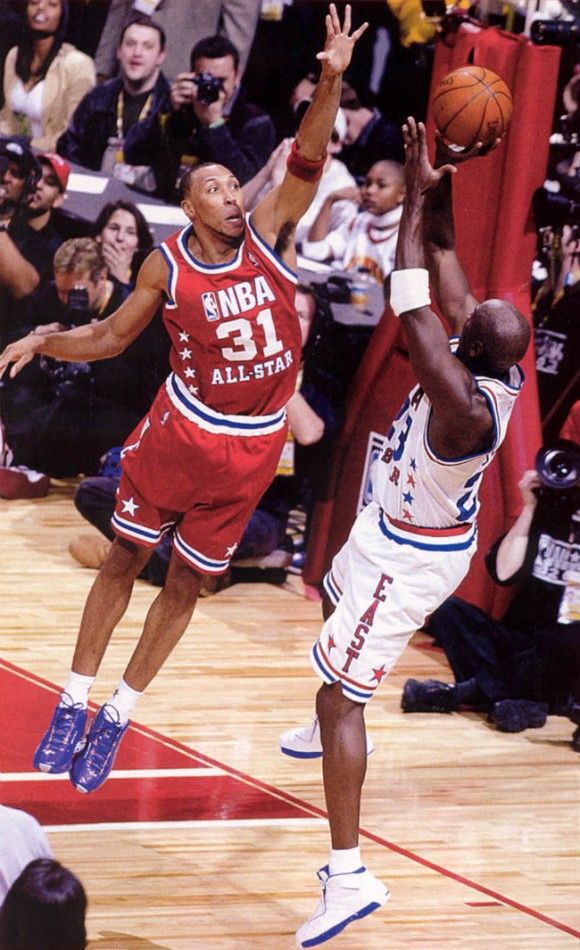Home »
Misc »
How to know if basketball has enough air
How to know if basketball has enough air
How Much Air Pressure Should a Basketball Have to Bounce Properly?
Are you a regular basketball player that’s puzzled about why some basketballs bounce better than some others? Yeah right! So, you’re quick to conclude that the bouncing ability of the ball depends on the brand that produces it.
Thus, you think a Spalding is better than a Nike, Franklin, Champion Sports, MacGregor or Fanmats? And some other basketball players think otherwise—choosing the brand they love above others.
It’s typical for you to be biased and support your favorite brand as the best basketball manufacturer in the market. On that note, it will interest you to know that the brand has nothing to do with the bouncing deficiency of your basketball.
But here’s what we found out.
The amount of air pressure in your basketball contributes majorly to the bounce rate of your basketball.
We‘ll be talking extensively, in this article, about how much air pressure your basketball should have—for it to bounce correctly.![]() Also, we would discuss other vital factors that contribute to the air pressure and bounce rate of a basketball.
Also, we would discuss other vital factors that contribute to the air pressure and bounce rate of a basketball.
Quick Navigation
What Happens When a Basketball Isn’t Bouncing Properly?
The obvious answer, right? If your basketball isn’t bouncing correctly, the first issue it creates is to hinder your game performance. But, beyond that, we need to go deep into the foundation of this problem and find out why your basketball isn’t bouncing correctly.
If you’re like us that recently found out that the amount of air pressure in a basketball determines its bounce level, then, we’re on the same page. But, if you haven’t, it is not too late to join the bandwagon.
Dealing with Air Pressure
The force that pushes air against every solid surface it comes in contact with is the air pressure. In simpler terms, the more air in an enclosed area, the higher the air pressure. If this theory is correct, that means you need an optimum amount of air in your basketball to get the best bouncing result on the court.
Before we move on:
Did you know that air is mattered? You heard, right! The air we breathe? Of course! But, you’re surprised because you have always thought that matter in quote had to be solid. At least, that’s what your science teacher taught you in mid-school—she told you, “Matter is anything that has got mass and occupies space.”
But here’s the cracker.
Air has weight, mass, and volume (You can ask your science teacher). What that means is air takes up space. So, you can see it fits into the definition. We know, it sounds weird to think of air as matter, when you can’t touch or run into it.
Think of it this way. Your basketball, bike tire, bouncing castle or air mattress get their mass and form because of the air and air pressure in them. In this case, it’s the air pressure in your basketball that gives your ball the round shape and bouncy feel.
Recommended Air Pressure Required for a Basketball to Bounce Optimally
The typical basketball requires at least a reading of 8 lbs(pounds by square inch) to get appropriately inflated. If you’re lucky enough, you can buy a basketball that has the inflation instructions printed by the manufacturer to help you get the default air pressure of the ball.
If you’re lucky enough, you can buy a basketball that has the inflation instructions printed by the manufacturer to help you get the default air pressure of the ball.
If your ball is not far from you now, you can quickly go check it out and come back to the article. For instance, you may see something like “Inflate 7 to 9 psi.” You saw that, right? Don’t bother if you didn’t see it on your ball—not every manufacturer prints it on their basketballs.
NBA recommends that the air pressure in a basketball must be between 7.5 and 8.5psi. You can use this standard measurement as a guide to get the required air pressure for your basketball.
A quick way to check if your ball has the proper air pressure is by taking this simple test. Drop your basketball from the height of your shoulder and leave it to bounce. If it bounces up back to the height of your hips, then your ball probably has the appropriate air pressure required to deliver on the court.
Three Factors That Can Affect the Internal Air Pressure of a Basketball
Here are three primary factors that affect the bounce level of your ball.
1. Ball Pressure
When you properly inflate your basketball, you enhance its elastic bladder—making it capable of rebounding when it hits a hard surface like the rim. In essence, the higher the air pressure in your basketball, the higher its bounce and otherwise. But, you have to be wary not to over-inflate your basketball to avoid the bladder breaking, which will negatively impact the consistency of the ball’s bounce or even cause leakage.
2. Environmental Pressure
Most times, the surrounding air pressure around a basketball is equally constant, but you should always consider environmental air pressure as it always comes in play—affecting the bounce level of the basketball.
The air is usually less dense or thinner at higher altitudes. And when the air is less dense, objects aren’t still affected as much by the air resistance going against them—whether they fly or bounce through the air.
What this means is that air pressure from the surroundings will hardly affect your basketball enough to mar your game outdoors. However, it contributes significantly to the height of your ball’s bounce. That takes us to the next factor.
However, it contributes significantly to the height of your ball’s bounce. That takes us to the next factor.
3. Temperature
A decrease in temperature will result in a decline in air pressure inside your basketball. Plus, the bounce level of a basketball primarily depends on the air pressure inside a basketball—as we discussed earlier.
Thus, when a basketball hits and bounces on the floor of a gym with average room temperature, the force of the bounce impact pushes the bottom surface of the ball while compressing the gas inside it.
But here’s a kicker.
According to Boyle’s law, the pressure of the gas inside the basketball increases, when a ball bounces on a hard surface, especially when you’re playing at the park during summer.
But, it’s a different ball game in winter. The internal air pressure of a basketball decreases when it bounces on a hard surface.
Since the internal air pressure of the basketball decreases at a lower temperature, the impact of the ball with the ground will also have less effect when it hits the ground.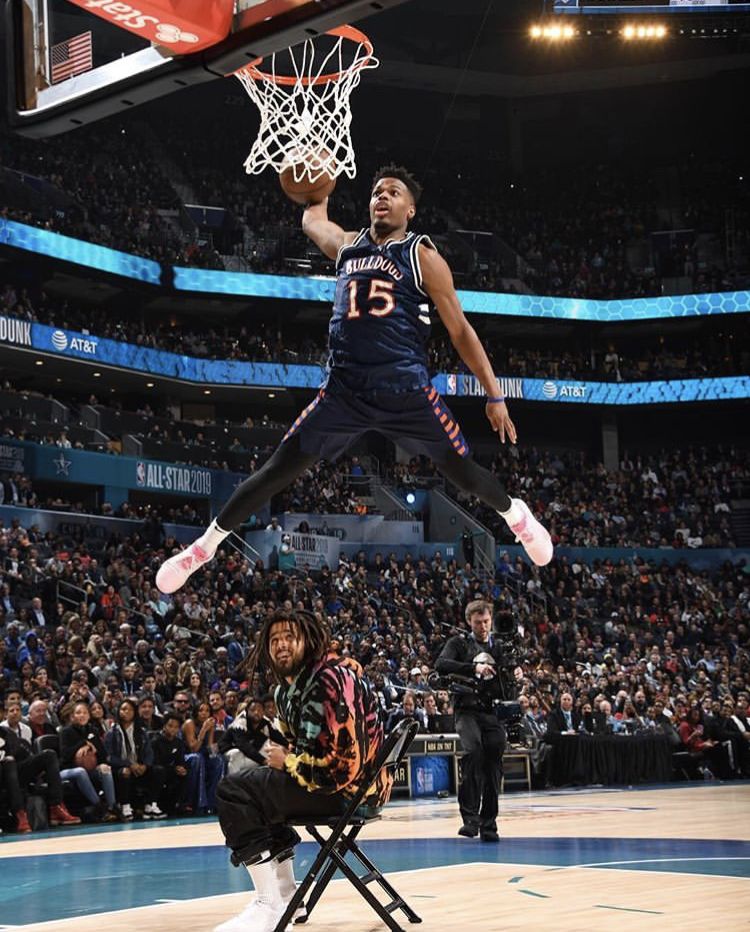 By that, the basketball does not bounce high enough as it does at a higher temperature.
By that, the basketball does not bounce high enough as it does at a higher temperature.
In Closing
It’s wise to use a small pump and pressure gauge when inflating your basketball. A report showed that you need about 12 strokes to get something close to the perfect air pressure, which is around 7.5 – 8.5psi.
Thus, you should avoid using high-pressure pumps designed for cars and bike tires. They can easily over-inflate and destroy your basketball.
Of the three factors mentioned earlier in this article, which one struck you as the most important? Has that factor affected your game before? Have you damaged your ball previously because of over-inflation? Tell us your story; we’re eager to see your comments, suggestions, and feedback.
How to Inflate a Basketball (What You Need + 5 Steps)
Inflating a basketball is not something you really need to do all that often. When you buy a brand new basketball, it is usually already inflated so you really don’t think too much about it. After a while, basketballs tend to lose a little air and if you let one sit around for a long time, it will definitely end up flat.
After a while, basketballs tend to lose a little air and if you let one sit around for a long time, it will definitely end up flat.
Even an often used basketball will eventually need air. You may go out to play a game and notice that your ball is not bouncing quite as it should. Cold weather may also lower the pressure in a basketball making it seem unresponsive when you dribble and shoot. In either case, you can always add a little air to solve the problem.
Why should you care if your basketball is properly inflated? How do you know when your basketball is properly inflated? What is the best way to properly inflate your basketball? These are all common questions with fairly simple answers. Let’s take a look at each question one at a time.
Quick Navigation
Why Should I Properly Inflate My Basketball?
A properly inflated basketball will ensure that your practice, one-on-one game, full-court five-on-five game or even your game of HORSE is the best experience that it can be. An underinflated ball will not have any “action”, meaning it will not bounce very well, which will make it more difficult to dribble. Also, it will not bank off the backboard as well and bounce passes will not go as far as you intend them to go.
An underinflated ball will not have any “action”, meaning it will not bounce very well, which will make it more difficult to dribble. Also, it will not bank off the backboard as well and bounce passes will not go as far as you intend them to go.
An overinflated ball can be bad as well. It will bounce too high when you dribble, bank too hard off the backboard and bounce passes will go farther than you intend them to go. This is why it is important to have your basketball inflated to the specified pressure or at least near the specified pressure.
How Do I know If My Basketball is Properly Inflated?
The standard pressure recommended for a basketball is 7 – 9 PSI (48.26 – 62.05 kPa). Unless you have a pressure gauge, and many air pumps do (we’ll talk about that in the next section), then you will not know what the air pressure in your basketball is. Not to worry, there is a simple method that you can use to check the inflation of your ball. It won’t give you the PSI (or kPa), but it will be good enough to get you back out on the court.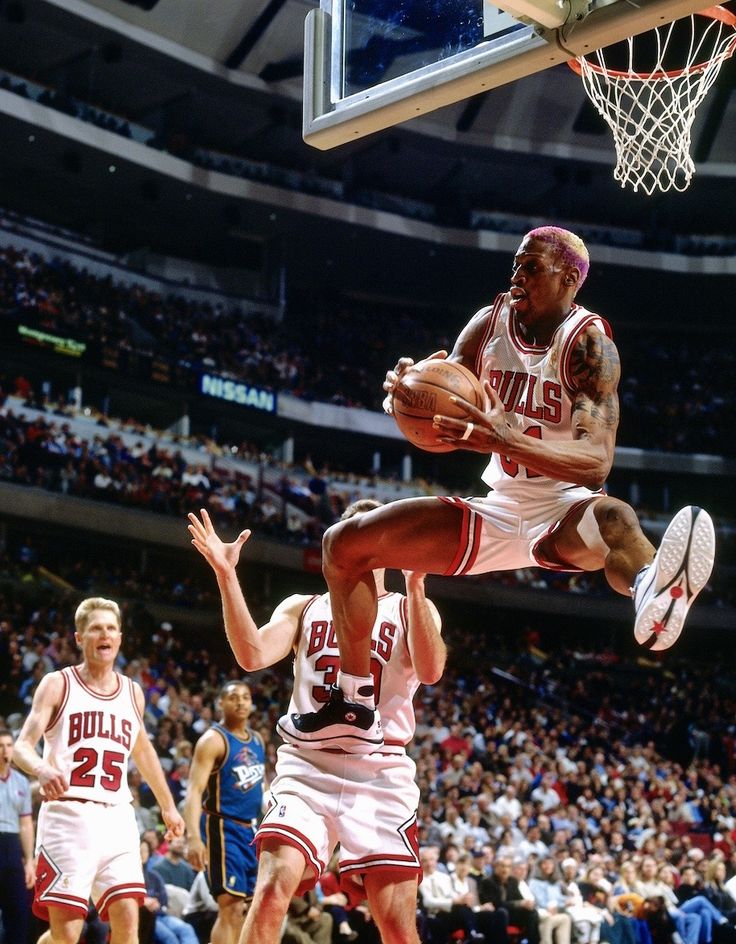
- Hold the basketball at about the level of your face.
- Drop the basketball.
- Let the ball bounce.
- If the ball is properly inflated, it should bounce back up to around your waist level.
Another great way to tell is just by playing with the ball and dribbling it. You can often tell if it is under or over-inflated. Different players prefer various levels of inflation, so an ideal inflation level to one player may be too much or not enough to others. An interesting thing to do next time you watch a game or attend one live is to watch which players walk over to the referee before tip-off and test the ball by grabbing it and dribbling.
What’s the Best Way to Properly Inflate a Basketball
I have seen many videos and instructions out there on the internet that explain how to inflate a ball without the proper equipment. While these methods may or may not work, it is always best to use the proper equipment because you can ensure that you are inflating the basketball to the correct pressure. Using the proper equipment will also help prevent you from damaging your basketball.
Using the proper equipment will also help prevent you from damaging your basketball.
Let’s take a look at what you will need to properly inflate your basketball.
What You Will Need
Inflation Needle
These are relatively cheap and can be found at almost any store that carries any type of athletic equipment. They can also be found easily online.
See the picture below if you are not familiar with what they look like.
Inflation Needle. Photo by Melissa Medina.
Air Pump
There are many different types of air pumps. Below are a few types that can be used such as a hand pump, a bicycle pump or an electric pump. Basically, you need a basketball pump that can connect to the needle. Some air pumps come with built-in pressure gauges which can show you the air pressure as you are inflating the ball. You can also use an air compressor but that can be a little more complicated depending on the type of compressor and the connectors available.
Three types of air pumps.
Air Pressure Gauge (optional)
If your air pump does not have an air pressure gauge, you may want to get a separate air pressure gauge to check the pressure in your ball. Air pressure gauges can be found online or in stores, but as we mentioned above they are optional and not necessary to inflate your basketball.
Don’t have a needle? Also read this article: how to pump a basketball without needle
Steps to Inflate Your Basketball
Step 1: Attach the inflation needle to the air pump.
How to attach the needle will depend on the type of air pump you are using. Most hand pumps made for a basketball will be threaded and you can screw needle onto the pump. If you are using a bicycle pump, it will probably have a connector with a latch (see below). You must put the needle into the connector and tighten the latch to hold the needle in place.
Attach the needle to the pump.
Attach the needle to the pump.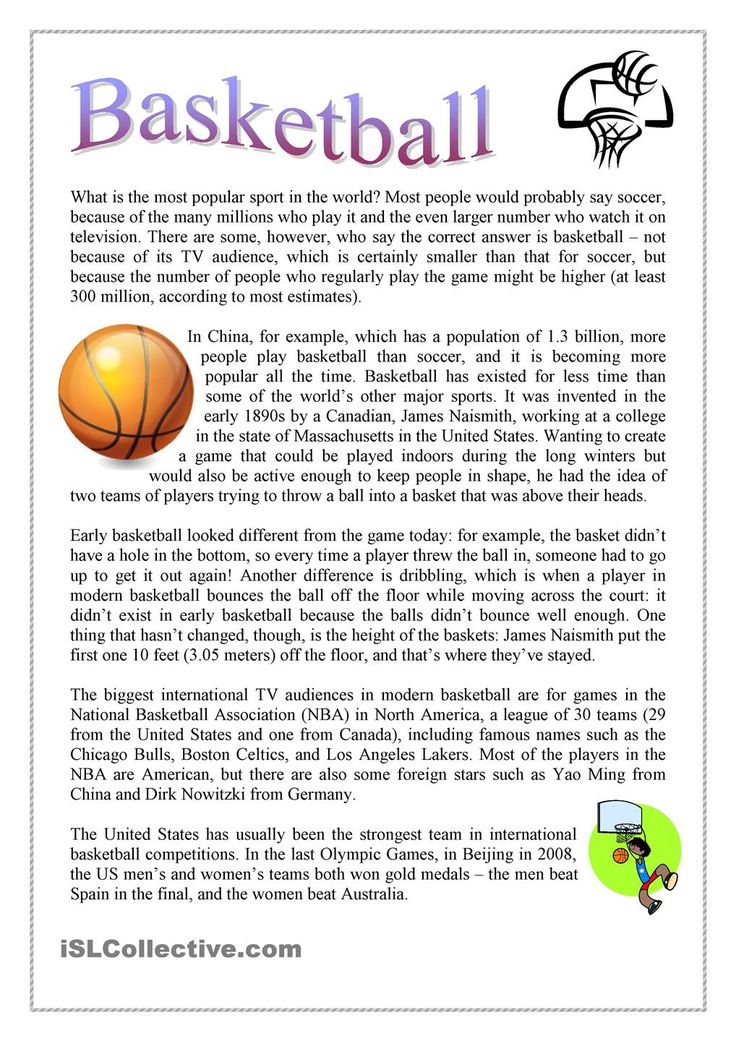
Electric air pumps may have the same type of latch, but a big industrial compressor may need some type of adapter and I wouldn’t recommend using an industrial compressor unless you really know what you are doing.
Step 2: Moisten the inflation needle.
Get a wet paper towel and wipe the needle to moisten it. If you don’t have a wet paper towel, you can run it underwater or even spit on it. The moisture allows the needle to slide into the valve easier and prevents damage to the valve. If the valve is damaged it can cause your basketball to leak air.
Step 3: Insert the needle into the valve.
Once the needle has been moistened, slowly insert it into the valve of the basketball until the needle is all the way in the valve.
Insert the needle into the valve of the basketball.
Step 4: Begin inflating.
If you are using a hand pump or a bicycle pump you will need to manually pump the air in. If you are using an electric pump or a compressor you can turn it on. WARNING! When using an electric pump or a compressor, monitor the inflation at all times. The ball will fill very quickly and if overfilled it can pop and destroy the ball.
WARNING! When using an electric pump or a compressor, monitor the inflation at all times. The ball will fill very quickly and if overfilled it can pop and destroy the ball.
Step 5: Check the air pressure.
Monitor the air pressure as you are inflating. Use one hand on the ball as you are inflating it to feel the pressure rise. If your pump has an air pressure gauge, check it regularly. If it does not use a separate gauge or check it using the bounce method described above.
Once the air pressure seems good, get out there on the court and start having fun!
Additional Resources
There are many types of air pumps on the market. Take a look at some of the following if you are interested.
- Basic Hand Pump with needles and gauge
- Bicycle Pump
- Electric Pump
If you would like to see how to inflate a basketball using an air compressor, check out this video.
Final Words
Eventually, all basketballs will need to be inflated because they will lose air over time. Fortunately, the process is fairly simple as we have shown above and the equipment needed is relatively cheap. So, if you want to have an enjoyable game of basketball, make sure your basketball is always properly inflated, then get out there and have some fun!
Have you ever tried to play basketball with an under-inflated or over-inflated basketball? We’d love to hear from you, so please leave your comments.
Ball inflation pressure
Ball inflation pressure
A properly inflated ball is the key to a good game and durability. If the ball is not sufficiently inflated, then this will entail a low rebound, poor handling, and an incorrect flight path. If the ball is pumped over, it can burst, change shape, cause pain during the game, and even cause injury.
First of all, when buying, carefully check the ball for mechanical damage, whether the ball is new and how it is packaged. Most often, the cause of the pressure drop in the ball is a damaged nipple. If you purchased the ball in a deflated state, then be sure to inflate it according to the instructions, checking the pressure, and leave the ball overnight. Check the pressure again the next day. If you bought the ball in an inflated state, then leave it for a day and see if it went down during this time. You can also use the "old Russian way" to determine the health of the nipple. To do this, moisten your finger and attach to the nipple. A properly functioning nipple will not form bubbles. We draw your attention to the fact that if you purchased the ball and used it, then the guarantee for such a ball remains only after the provision of an expert opinion.
Back to pressure... The pressure in a ball depends on what sport the ball is for, what size it is, and what level of play it is. Different manufacturers measure pressure in different units, psi (pounds per square inch), bar (pressure unit approximately equal to one atmosphere), kgf / cm² (one kilogram of force per square centimeter), kPa (kilopascal). Pay attention to this!
Different manufacturers measure pressure in different units, psi (pounds per square inch), bar (pressure unit approximately equal to one atmosphere), kgf / cm² (one kilogram of force per square centimeter), kPa (kilopascal). Pay attention to this!
The pressure in the ball is strongly influenced by the ambient temperature and atmospheric pressure. If we recall physics, then at high temperatures the substance expands, and at low temperatures, on the contrary, it decreases. So if, in winter, we pump up the ball on the street at -10 to the desired pressure, then after we bring the ball into a warm room, the pressure in it will increase slightly. This is true, for example, for soccer balls for games in winter. Therefore, it is better to inflate the ball directly where games or training are planned. If the operating pressure recommended by the manufacturer is not observed, the performance of the ball will be significantly worse and the ball will become unusable very quickly.
Below are tables with average operating pressures for balls of various sizes and for various sports:
Pressure balls for classic volleyball
Beach Volleyball Pressure
Futsal pressure
Football pressure
Pressure in handballs
Pressure in basketballs
IMPORTANT! These tables are for reference only and may not meet the requirements of some manufacturers.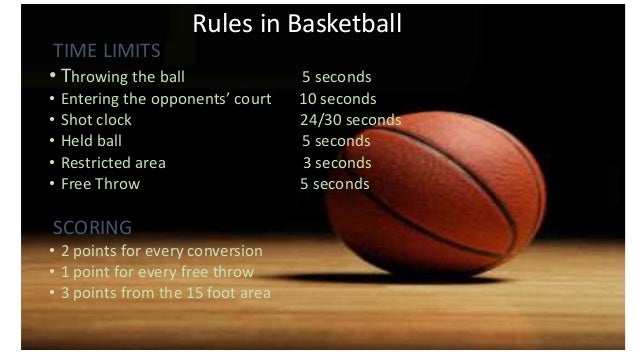 As a rule, the manufacturer always indicates the working pressure of the ball at the nipple. Be sure to check this information.
As a rule, the manufacturer always indicates the working pressure of the ball at the nipple. Be sure to check this information.
We also recommend that you purchase and use a special silicone liquid for inflating sports balls with the ball and have a pressure gauge to check the pressure. Do not use liquids that destroy the material (latex, butyl) of the camera.
How to reverse a basketball?
For a good hour playing basketball does not waste its relevance. The dynamics and excitement of the wild are not only the human half of the people, but also the woman and the child. In order to maximally respect the game process and take satisfaction, you should correctly reverse the head element of the gri - a basketball ball.
See the basketball balls
Before it, like a cup for basketball, we will not take care of the upcoming moments:
- it is planned to be held in the hall or on weekends;
- who will be in the team - people, girls or children;
- What is the budget for visions for yoga.

The next thing you can do is to choose. In professional sports, there is a typical classification of balls:
- indoor;
- outdoor;
- indoor-outdoor.
The first type is a ball, which is played only for the hall. The whole inventory for professional basketball grey, creations from high-acid natural, synthetic or composite sheets. V_n dosit zruchny in hands and good shape. A new shkiryan ball is sometimes sticky to the hand of engraving, so it may take three hours to get the necessary yakos.
If he walks on the street, then he will be swept away and come into disrepair. With proper observation and exploitation, such an item will serve you for a long time. Ale, with this varto, remember that wines do not love vologists, saws and woods.
Other є ball type inclusive for street. You can play on open basketball and other sports maidanchiks, asphalt and sand. Denmark is an inventory of production of mineral gum or synthetics, which is durable and long-lasting. The wine ensures a good adhesion to the hard surface, which will improve the control under the hour of the grill.
The wine ensures a good adhesion to the hard surface, which will improve the control under the hour of the grill.
The third type is the universal model, which can be victorious both on the open field and in the application. Most of them are amateur athletes, and also in professional sports as training balls. The stench is made from gum or synthetic skins, released in the middle price segment.
Ale professional graves to please all the same to bathe two different attributes that give different minds a green, and not one universal one.
Classification of basketballs by size
It is open until the age of a basketball player, it is accepted to distinguish between the main sizes of this inventory:
- Rozmir 7 to serve only grown-up human teams for playing. The circumference of the yogo is 760 mm, and the vaga is approximately 600 g. Yogo volume - 730 mm, and vaga - close to 510 r. Such women in the WNBA are playing basketball.
- Rozmir 5 is a small ball for juniors or boys up to 12 years old.
 Vin to become 700 mm in circumference, and yoga vaga - 480 g.
Vin to become 700 mm in circumference, and yoga vaga - 480 g. - Rosemary 3 is a small object suitable for small children. The volume is 570 mm, and the wine is 320 g. The fifth rozmіr vіdmіnno lies in the hand of children up to 12 years old, and the trinity is a souvenir or a toy for these little children.
When choosing a basketball, it's better to pay attention to the overturned sports brandy, as they are professionally engaged in the production of such equipment. Such companies as Wilson, Molten, Mikasa, Nike, Spalding. Spivvіdnoshennia tsіni and akosі є maximally vіdpovіdnim.
How to identify a good ball when buying?
When buying a basketball, take a look at it carefully, and pay attention to such nuances: Tse means that if you press on the new one with your finger, the vein bends in the middle by 3-5 mm. If we look like we’re letting down the veins, then there’s a risk, which made the veins swell more, and you will need to pump up yoga. At the time of pumping, the ball can change its shape, and it can also appear swollen on the new one.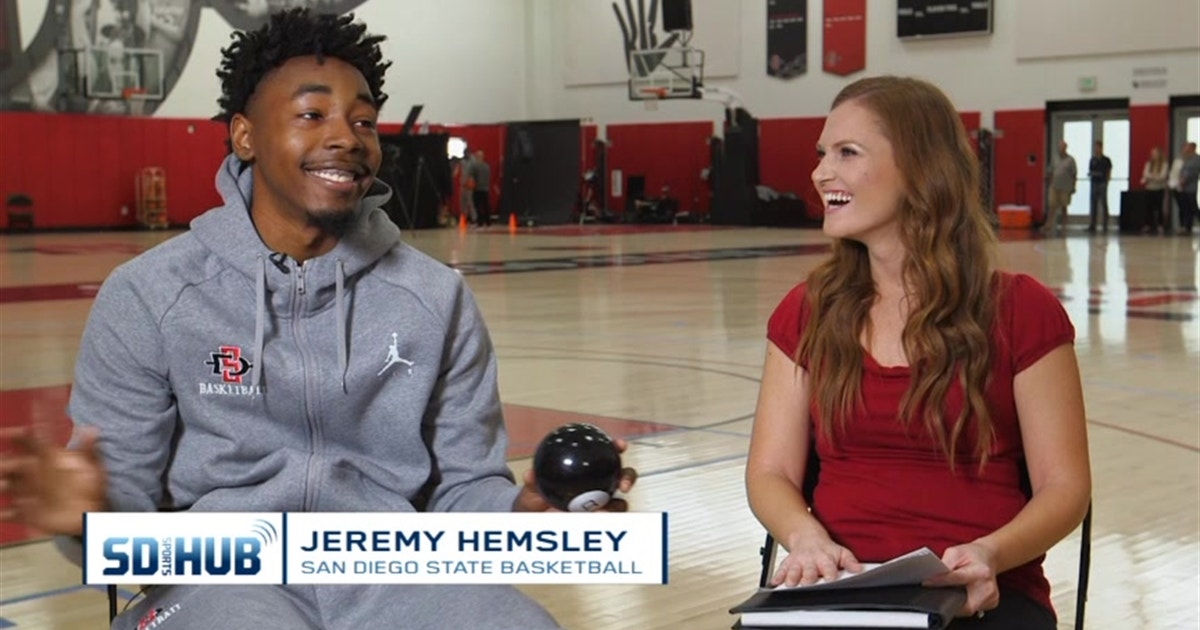
- The wave of a well-inflated ball is to blame for being equal and vertical, it is not guilty to go to the side. If it’s uneven, then it means that the geometry is crooked and that there is a grizzle on the new one. Another way to distort the quality is to throw yoga out of proportion to the height of a person. In this vein, the fault is due to a slip approximately to the waist.
- Yogo the shape of the shoe is round buti. The seams are of equal quality, clear and well processed, without defects and expansion of the outer ball. Naychastіshe included in the kit is a special nozzle for pumping.
Crimea, check the nipple for air leakage. For whom you can wet yoga with your homeland. If the bulbs go, then it means that it will be easier to pass.
Basketball ball not for use in football. Likewise, one cannot sit on a new one, but stribaty on a new one, so that if one veins, one loses its form and becomes unapproachable.
05/29/2018
What work, how did they fail with the rozіrom krosіvok? Selection of a volleyball ball: see the shells, their characteristics and understand the operation
Related Articles
How to choose the right fleece jacket?
Today you don’t know a well-known tourist, a mandriving man or an athlete, who doesn’t know what a fleece jacket is like .